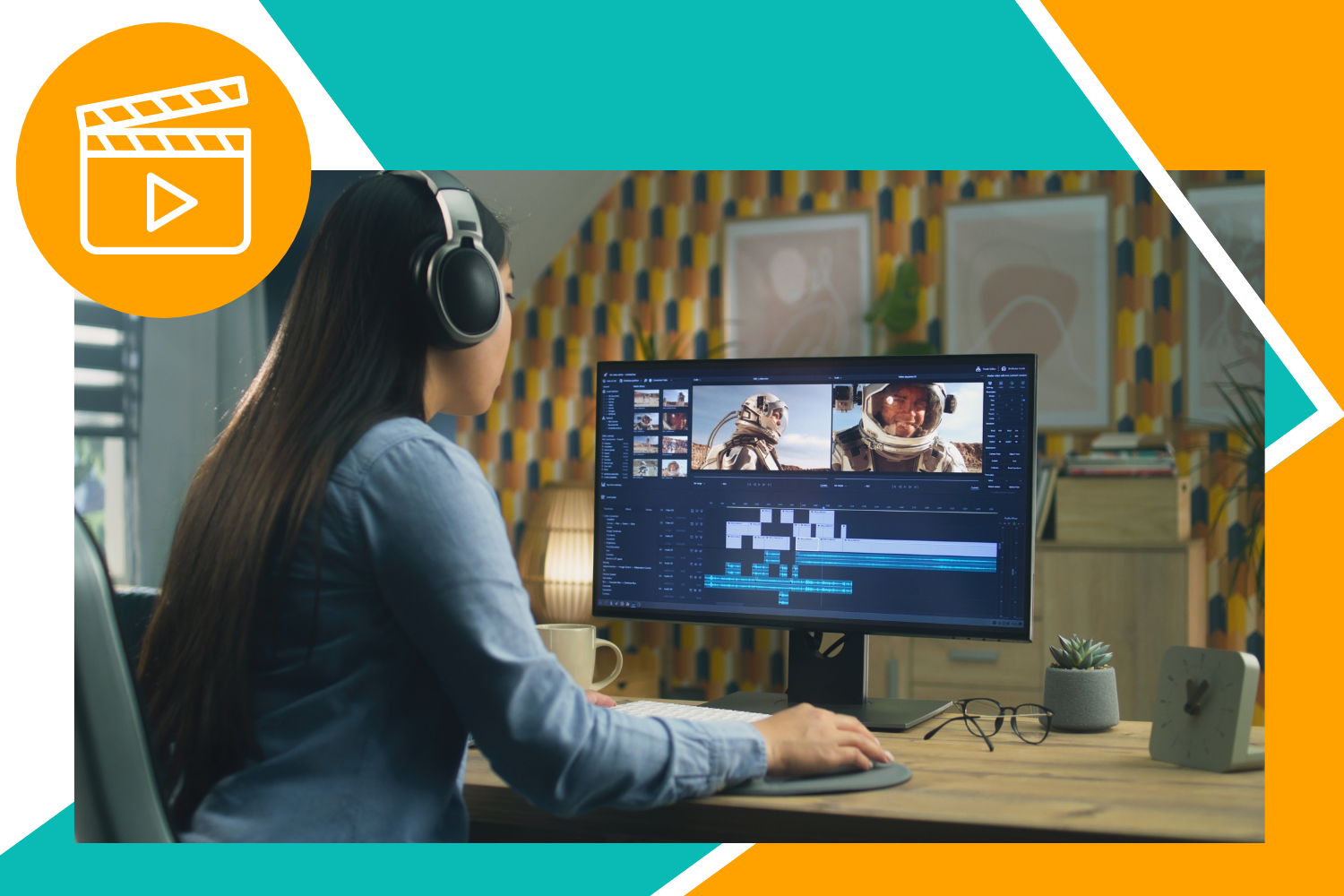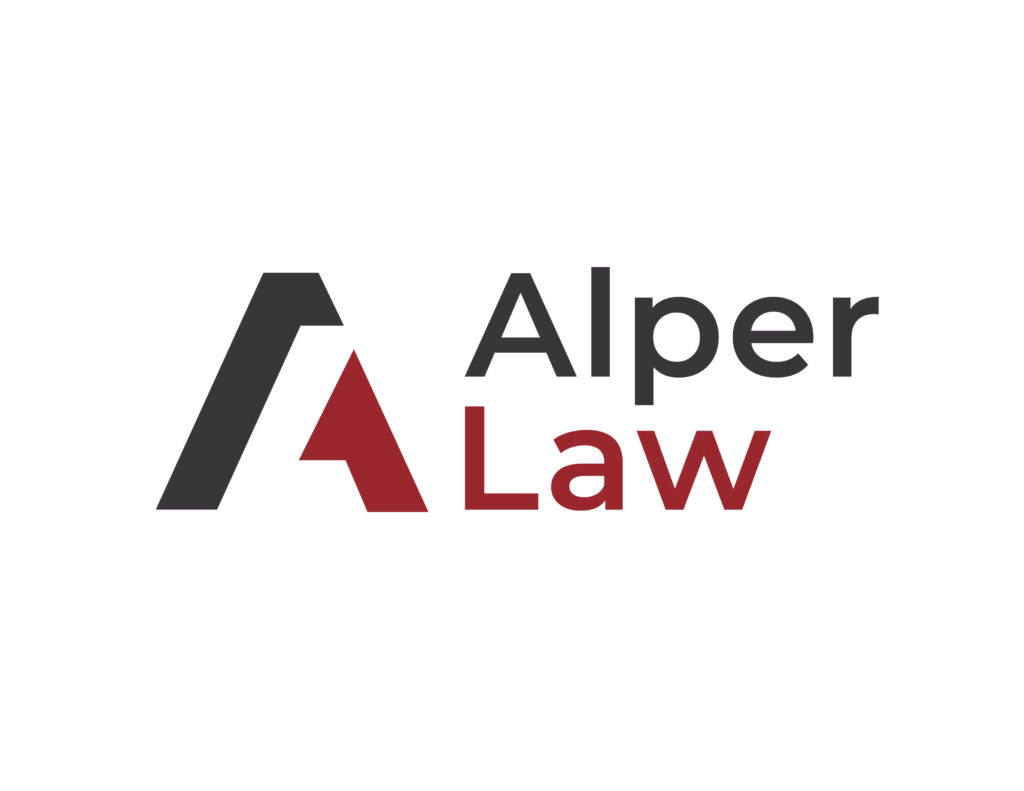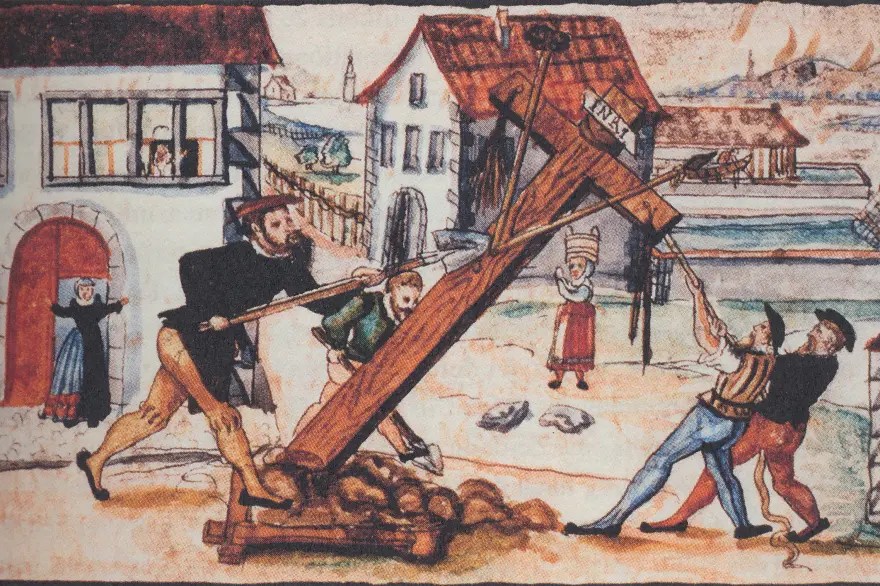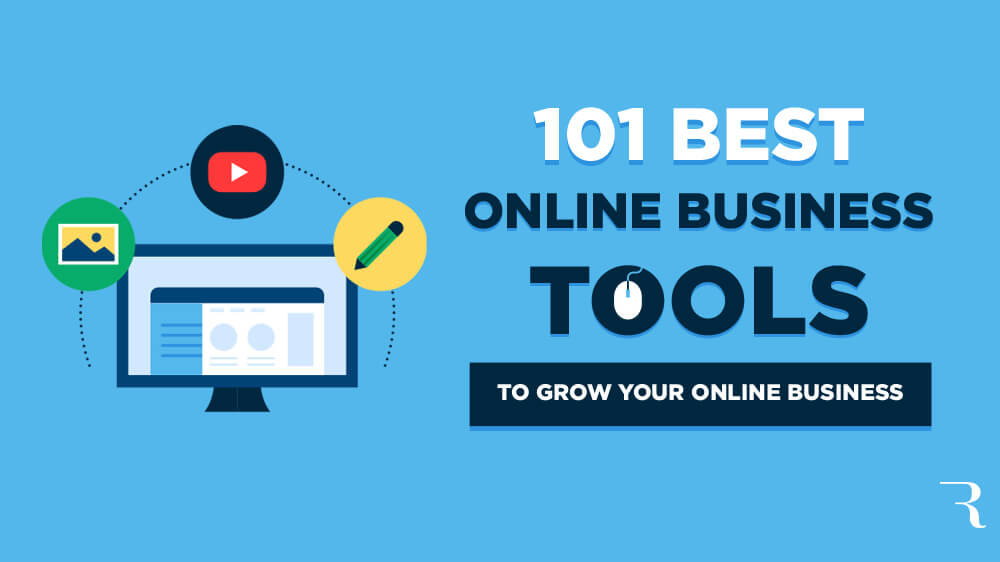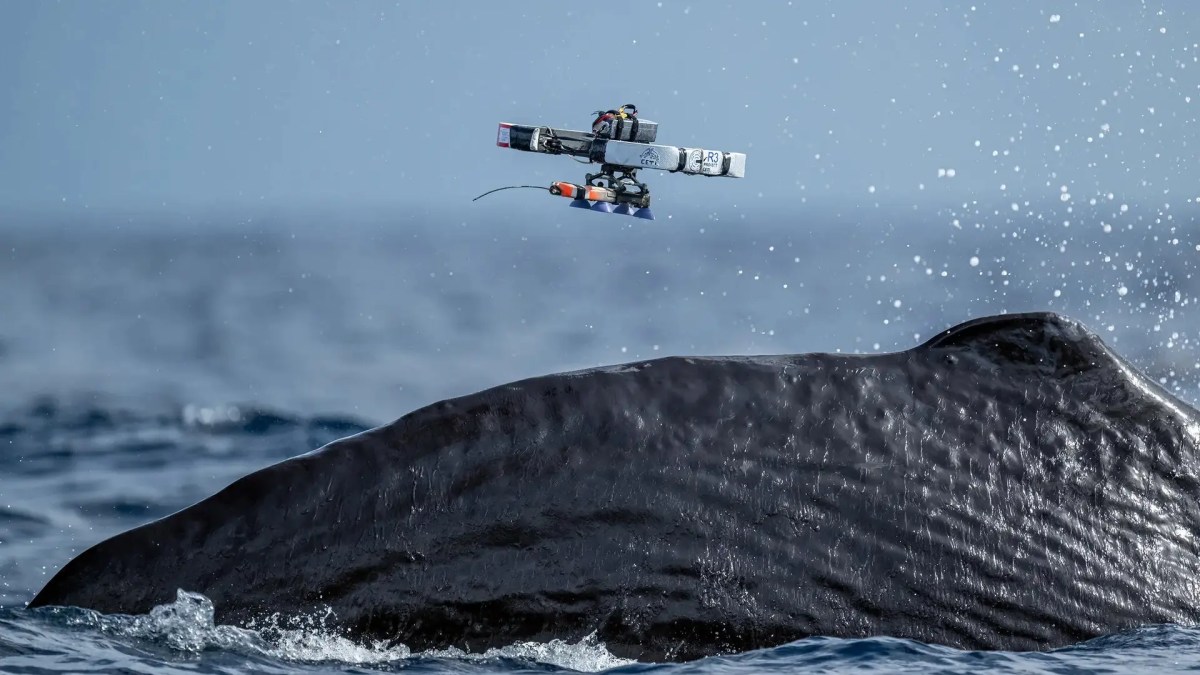As the internet has become the predominant way companies market products and services today, businesses that fail to leverage digital marketing risk falling behind their competitors. Digital advertising accounted for nearly 69% of all media ad spend globally in 2024, with expenditures expected to reach $667.6 billion by the end of the year. This is a clear indicator that the internet is not just an option, but the option for brands to connect with consumers.
This increased demand for digital marketing brings the urgent need for more digital content. Digital Asset Management (DAM) software has stepped up to wrangle the long-term storage of these digital assets and has evolved over the years to aid in assigning and enforcing digital rights, workflow management, and more.
However, with 68% of consumers stating they prefer to learn about products on-line through videos, brands are quickly adapting to video production software to handle editing workflows, which adds new workflows and new layers of complexity to organizations’ creative & production workflows. Enter a Media Asset Management (MAM) system.
What is a Media Asset Management (MAM) System?
A Media Asset Management (MAM) system is a tool designed specifically to manage, edit, and distribute large media assets, typically high resolution videos and audio files. While these systems are typically known for video editing and distribution associated with film, broadcasting and sports, the increased use of video in digital marketing efforts have left brands looking for solutions to help with their growing needs for video editing and management tools.
Other tools a MAM is known for include: cataloging, storing, editing, and helping retrieve and distribute large video files. If most of these features sound redundant to the role of a DAM platform, that’s because they are.
But it isn’t as simple as managing video production workflows within Digital Asset Management (DAM), because a DAM traditionally lacks the specialized tools and capabilities that a Media Asset Management (MAM) system provides, such as advanced video editing features, multi-format transcoding, and in-depth metadata management specifically designed for complex video assets. This often leads to organizations running two separate systems: a DAM for general asset management and a Media Asset Management (MAM) system specifically for video content. This dual-system approach increases total cost of ownership, administrative overhead and forces companies to create and maintain intricate processes to ensure these systems work together effectively. This fragmented workflow causes assets to be lost or delayed in transit between systems, leading to missed deadlines and increasing how long it takes for assets to get to market. .
The impact of disjointed systems on productivity is significant. Recent research highlights that data silos contribute to lost productivity, costing U.S. businesses approximately $1.8 trillion annually. 86% of business leaders identify poor collaboration due to siloed systems as a major source of workplace frustration. On average, teams waste over 20 hours per month—or about six workweeks per year—due to these inefficiencies. Employees also spend an average of 5.3 hours each week waiting for or recreating information that is trapped in silos.
By integrating both DAM and MAM workflows into a single, unified platform these losses can be eliminated and more efficient content production and management can take its place.
The answer to these problems is in choosing a DAM platform that has all of the functionality of a traditional MAM built into the solution. This streamlines the creation, approval, and distribution of video assets in the same system already configured to store and manage rights and workflow around all other creative assets.
The Advantages of Integrated DAM and MAM Functionality
- Streamline Content Management: Centralize the planning, creation, review and approval of all content on one platform. By creating a single source of truth for your organization, your team can find the creative assets they need and increase the speed to which you go to market.
- Enhanced Collaboration and Communication: The ability to focus and remove the constant context switching that comes along with switching tools improves creative output. Allow users in the DAM to review work-in-progress video files and comment on individual frames and allow your videographer to receive that feedback without ever leaving Adobe Premiere.
- Improved Video Optimization: Utilized advanced video transcoding engines to output your content in the formats and resolutions you need or have AI help automate this transcoding per publication channel.
- Increased Efficiency and Cost Savings: MAM platforms require a subscription and a seat on your org chart to manage the solution. By consolidating your MAM functionality into your DAM platform you can grow functionality without expanding your head count or SAAS budget.
Mitigating Risks and Maximizing ROI
In conclusion, the integration of MAM functionality into an intelligent DAM platform offers teams a chance to streamline the management and approval of all creative content in one place. To learn more about how Orange Logic can help, schedule a call today.
Publisher: Source link

